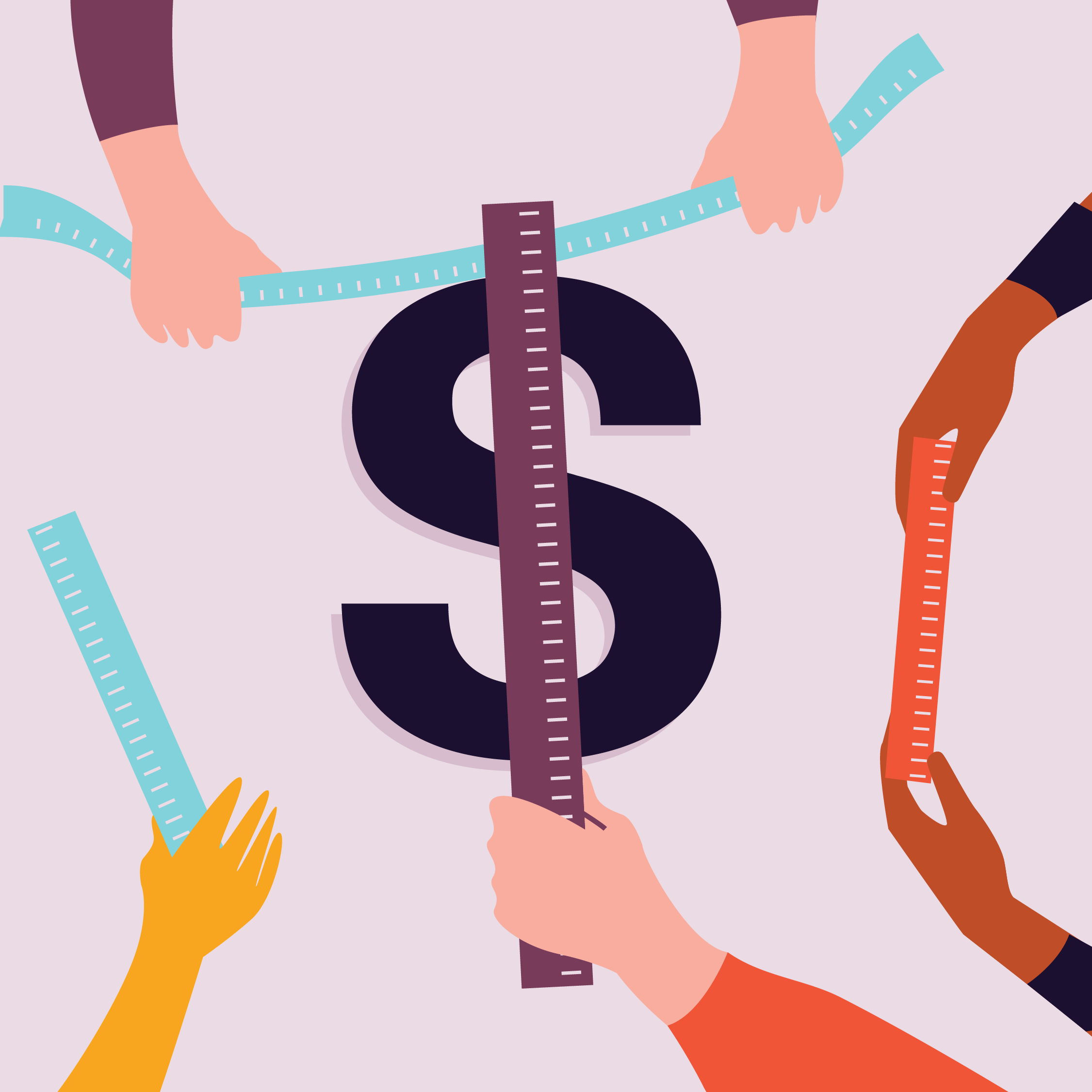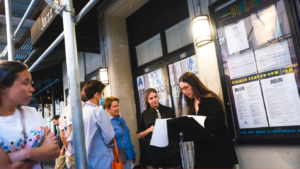Ticket sales are a top source of revenue for 70% of events. That means to survive from year to year, you need to make the most impact with your ticket pricing strategy today.
Whether you’re already selling out or your struggling just to sell, you can always fine-tune your price. Here are three foundational exercises to help you determine the best price for your next event.
Pricing exercise #1: Price to meet your basic costs
One truth about hosting events: you have to know your basic costs to price effectively. After all, you need to make at least enough to cover your costs for your event to be sustainable.
The Veuve Clicquot Polo Classic, the champagne brand’s signature event, has it all — celebrity sightings, Instagrammable backdrops, gourmet food trucks, lawn games, and plenty of their iconic yellow-labeled bottles to go around. But delivering that high-end experience costs money.
Through experimentation and focus on production costs, Veuve Clicquot has learned to price their events in a way that meets their bottom line and is still attractive to attendees. “We started at around $65, and increased prices in order to continue to invest in building a better consumer experience year over year,” says Nicole Kim, Associate Brand Manager. The 10,000-person event sells out every year.
But the only way to know how much money you have to make is to understand how much money you’re going to spend. And while budgeting is no one’s favorite part of planning events, it’s critical to improving your event’s return on investment and managing your total cost.
Here’s how to find your bottom line:
- Map out all your projected expenses so that you can have an estimate of your total event production costs. Reference historical event budget data to fill in the blanks.
- Reconsider investments that won’t have significant returns using this simple ROI equation.
- Figure out what your total revenue will be from ticket sales. Keep in mind that you may not sell out, so try to be conservative when you crunch the numbers.
- Once you have your total ticket revenue and total event production costs, subtract your total ticket revenue from your total event production costs. That is your projected profit. If it is too low, consider that you may be undercharging for tickets.
Pricing exercise #2: Use a discounted price to create demand
When you’re first starting out, you might need to lower your price to get the buzz you need.
“We started off at a lower number when we first offered our classes,” says Susie Martin, Co-Founder, It’s for Charity Events!. “Once we saw the popularity, we slowly raised our prices until we found a good spot. It was experimental.”
Whether you organize yoga classes, networking workshops, or large conferences, it takes time to build demand for your event that justifies a higher price tag. Here are a few ways to find your price that creates demand:
- Do market research. Identify five to10 cities that are similar to yours (think population and demographics). Look at their ticketing page: Note if there are multiple ticket types and what pricing for each type is. Then, discount your price based on what your competition has priced.
- Adjust your price based on seasonality. If your event revolves around major holidays or seasons, chances are other events are charging extra dollars. Make yours stand out by offering a slightly lower price.
Pricing exercise #3: Play up your value to attendees
When it comes to pricing, you have to put yourself in attendees’ shoes. For sneaker fanatics, going to an event where they can marvel over sneakers is a dream come true. But for people who couldn’t care less about spending a day looking at shoes, paying for an event like that is a waste of money. That means that you need to get in tune with your specific audience to find the right price.
“Consider the value [of] what people are getting in exchange for what they’re paying,” advises Darrah Brustein. Brustein is a lifestyle designer and founder of Network Under 40, a series of networking events for professionals in Atlanta, Nashville, and Baltimore. She’s also the creator of the Life by Design, Not By Default virtual summit, which in its first year brought together 45 lifestyle design experts and over 10,000 online participants.
“If you’re targeting CEOs of Fortune 500 companies who are looking for big-name speakers, you’re going to charge something different than a small networking event for startup owners,” Brustein says. For example, Brustein only charges $10-$25 for her networking events, but charges $97-$297 for her summit because she knows it provides in-depth value.
Keep these things in mind as you figure out your event pricing:
- Price your event based on how much an attendee would be willing to pay for it. When you approach pricing this way, you might find that attendees perceive more value in your event than you anticipated, so you can increase your prices.
- Don’t be afraid to charge what you need. “People are willing to pay more for some of those special events when they think they’re getting a good value,” says Akcaoglu. Make sure the value of your event is clearly communicated in any promotional copy, and especially on your event page.
- Benchmark your unique value against the competition with the exercises in our Value Analysis Workbook.
Get all the pricing answers you need
Looking for more in-depth pricing advice? Check out Your Questions Answered: How to Price Your Event.






